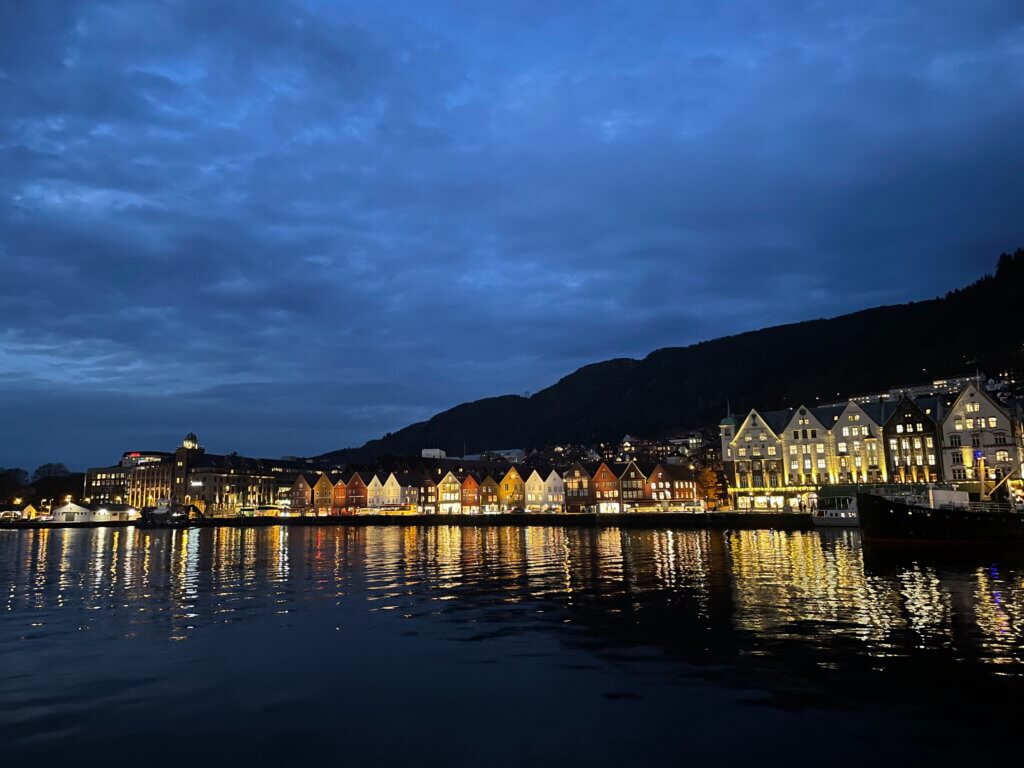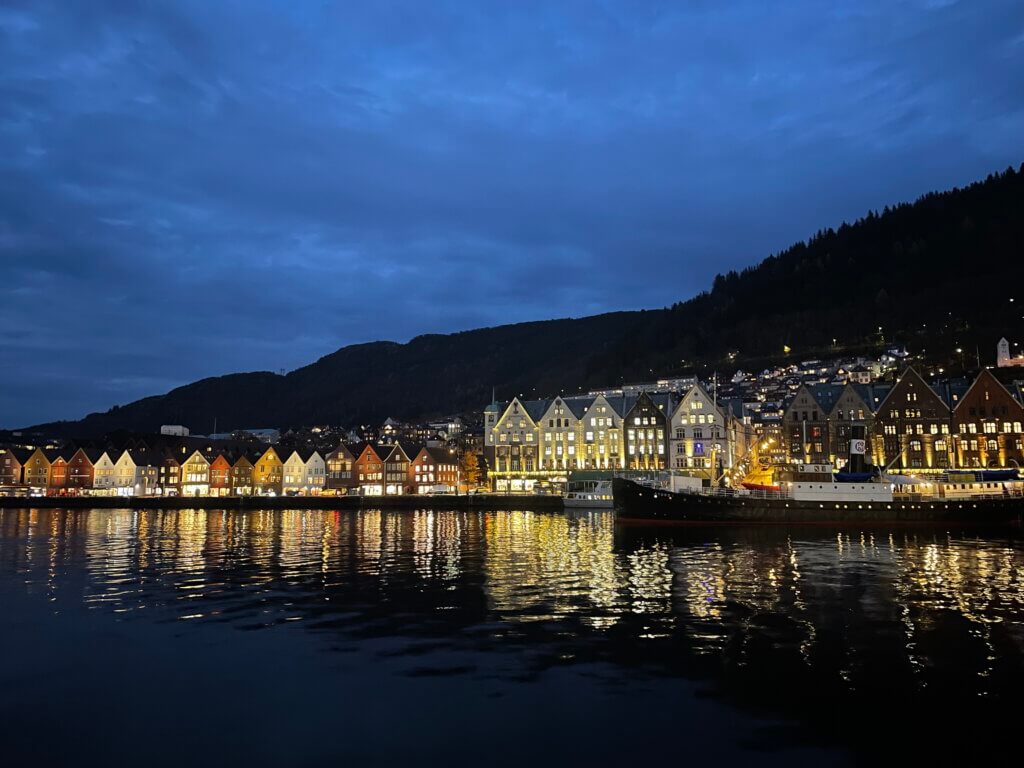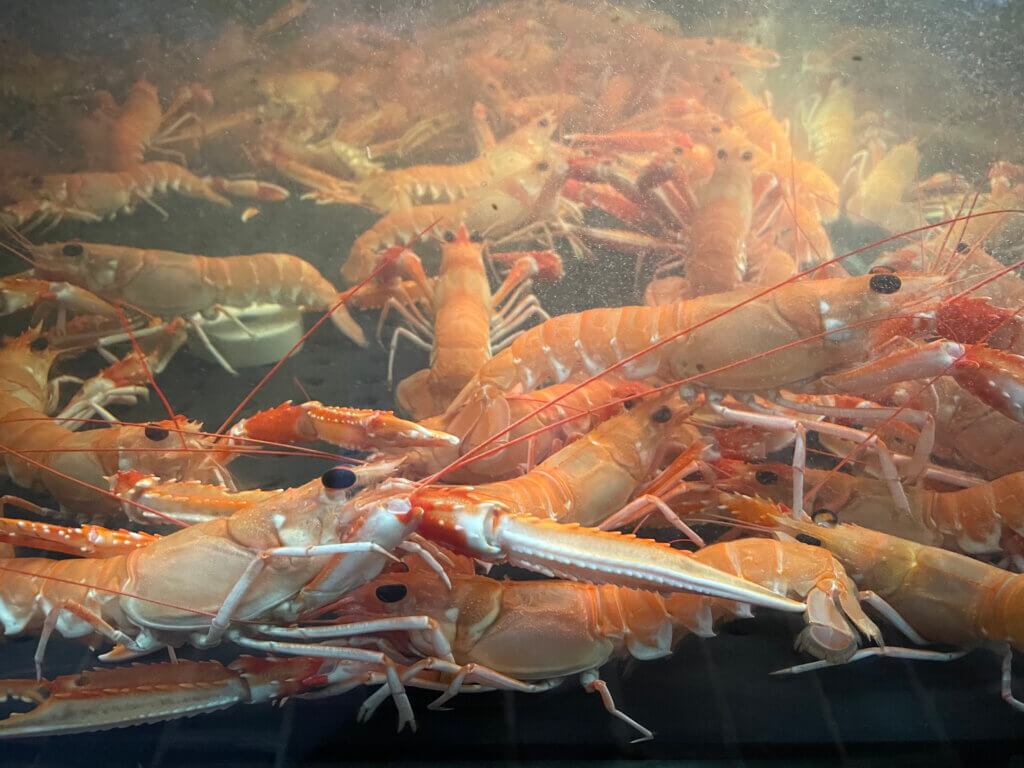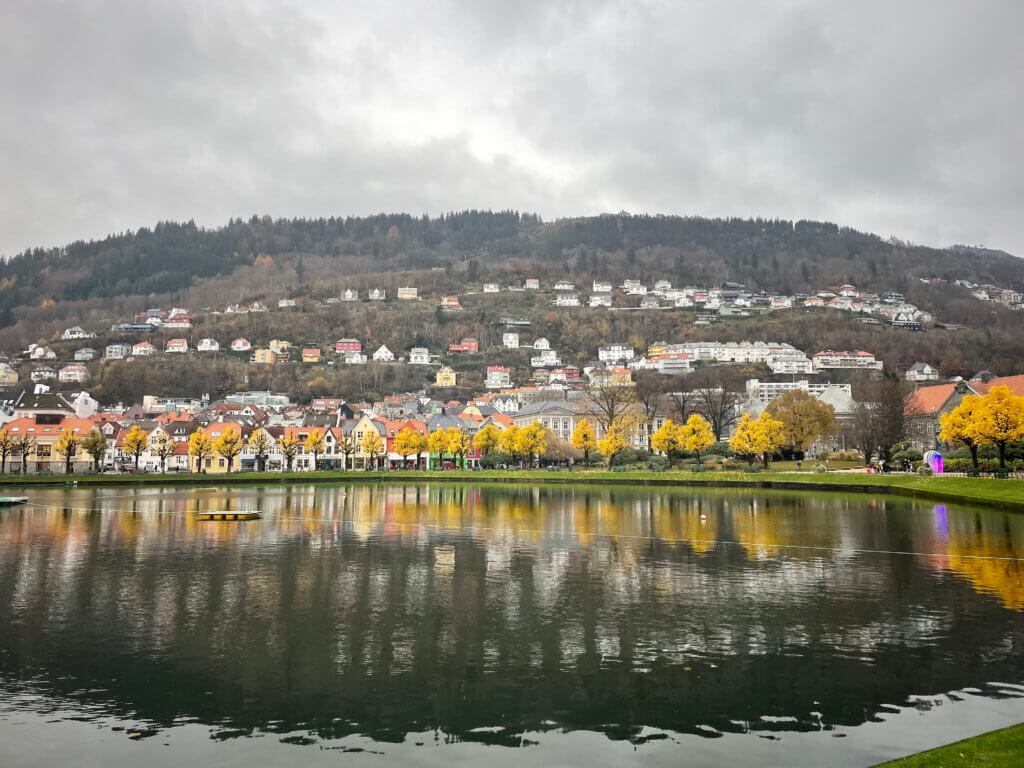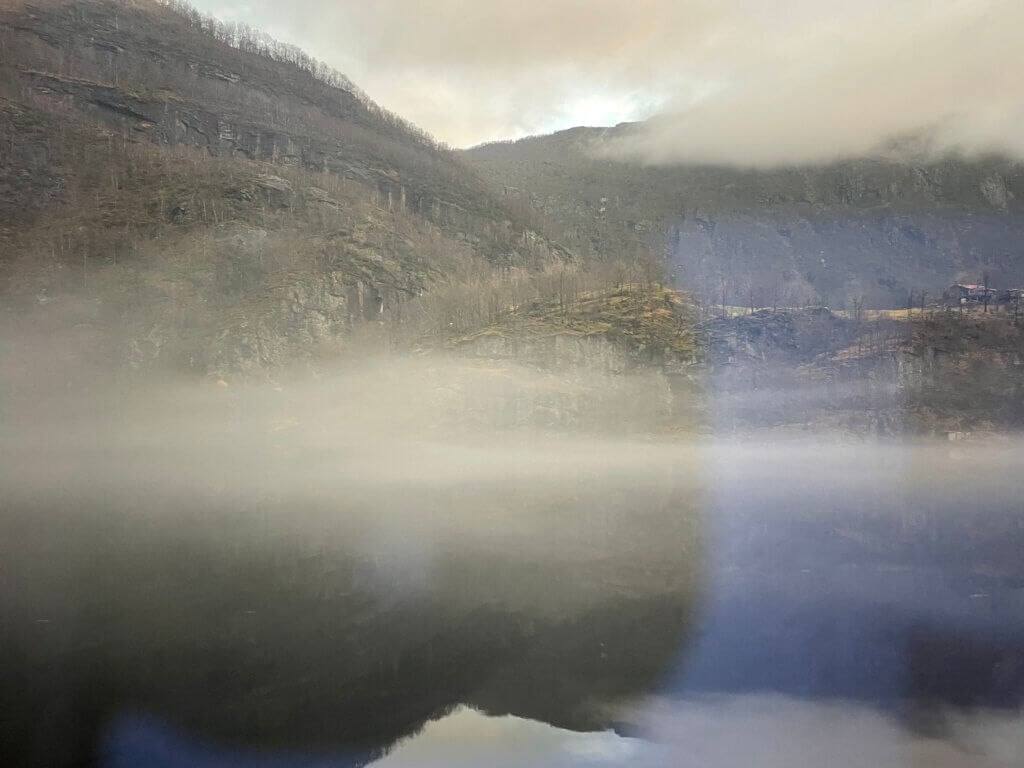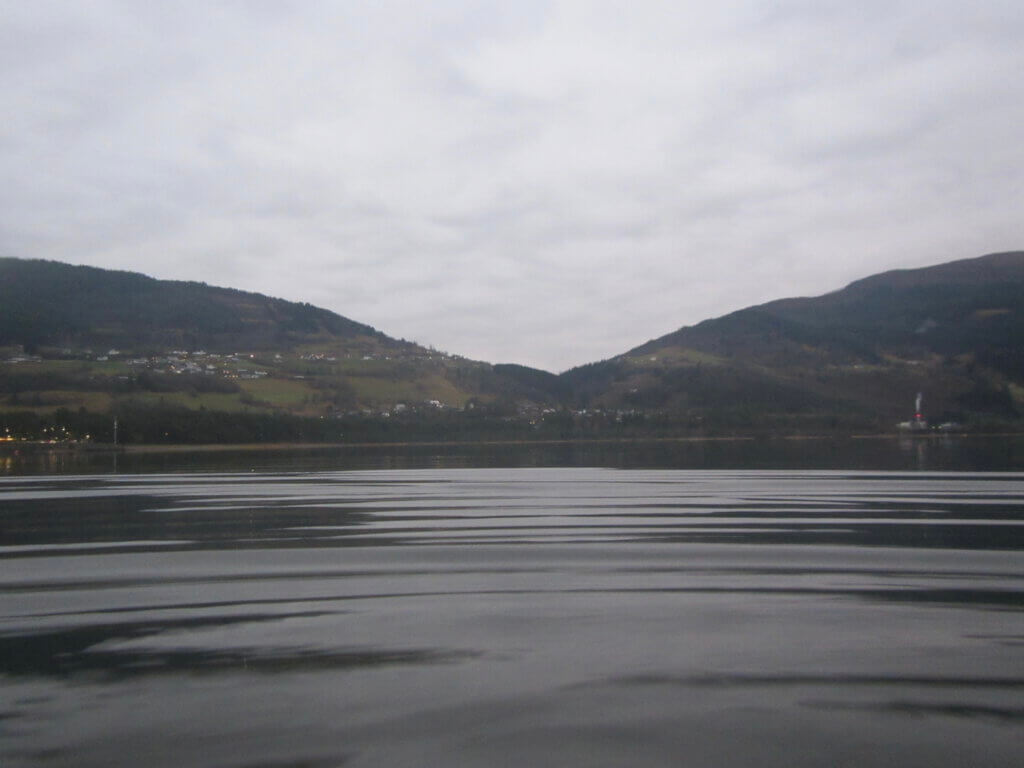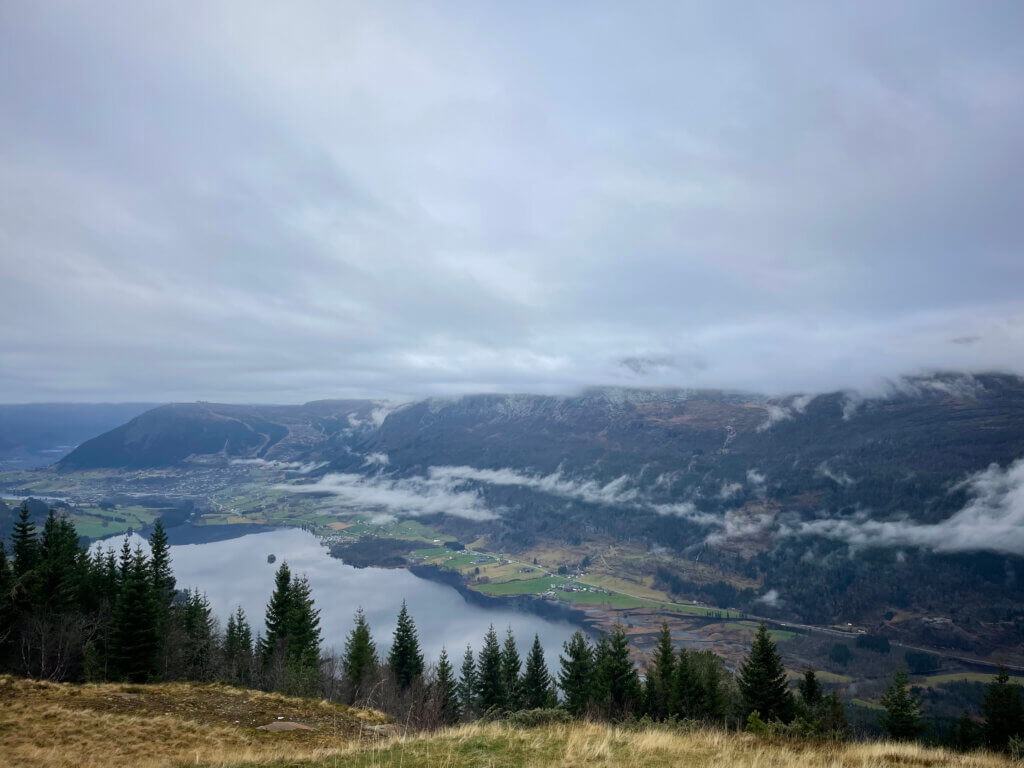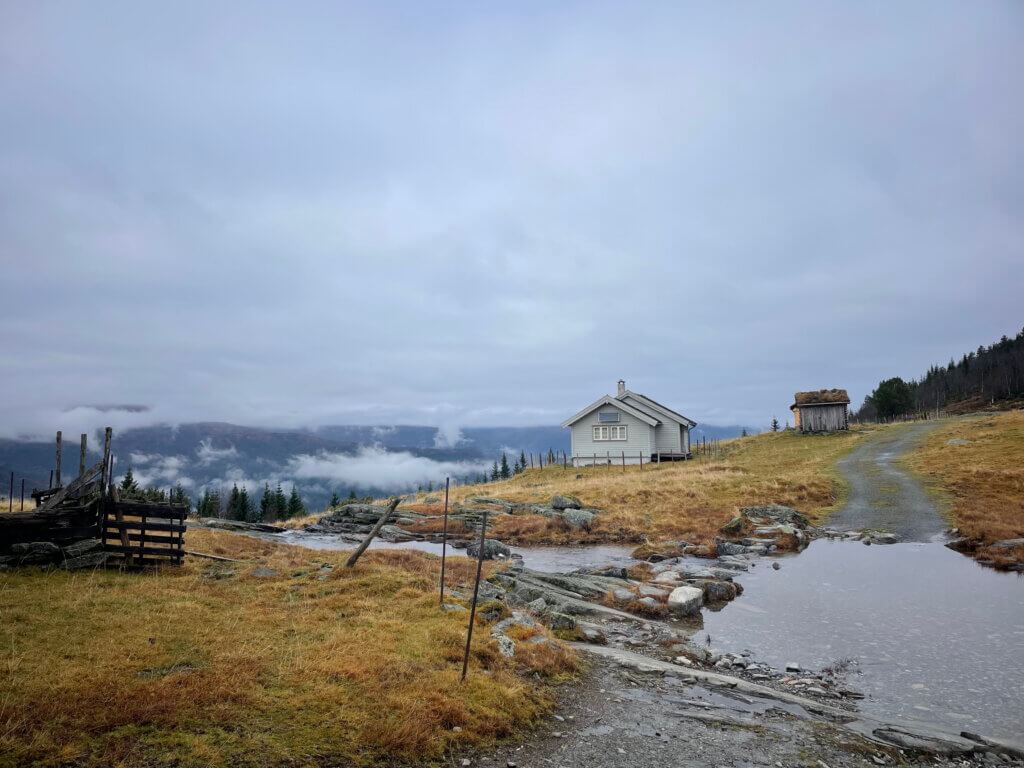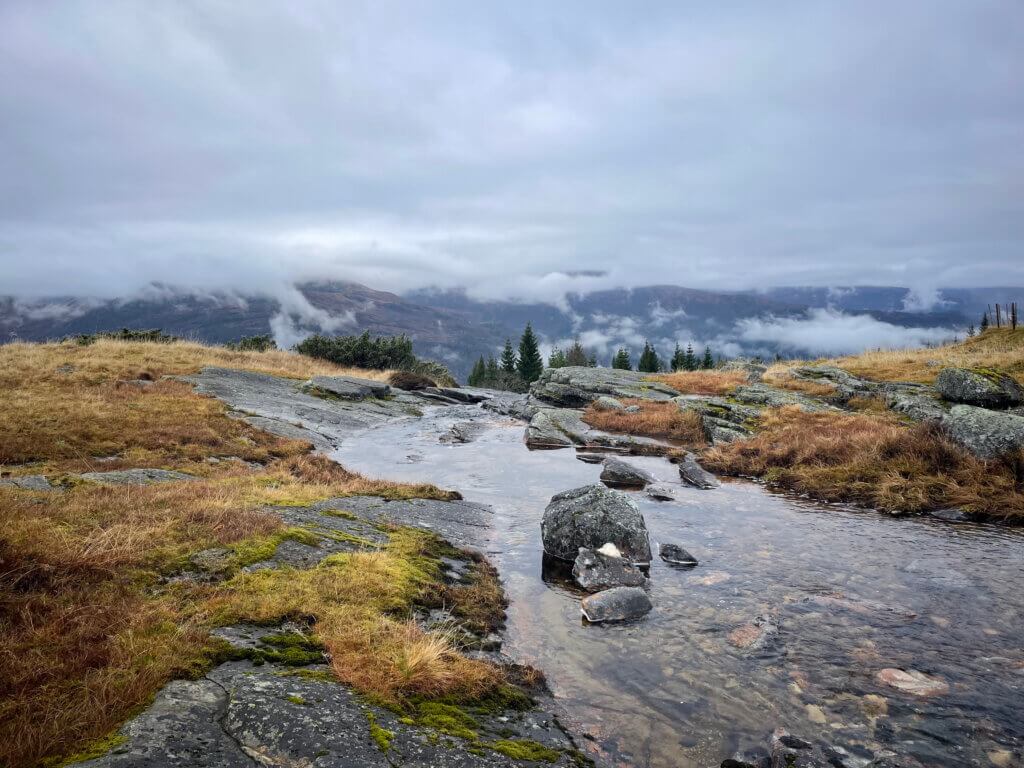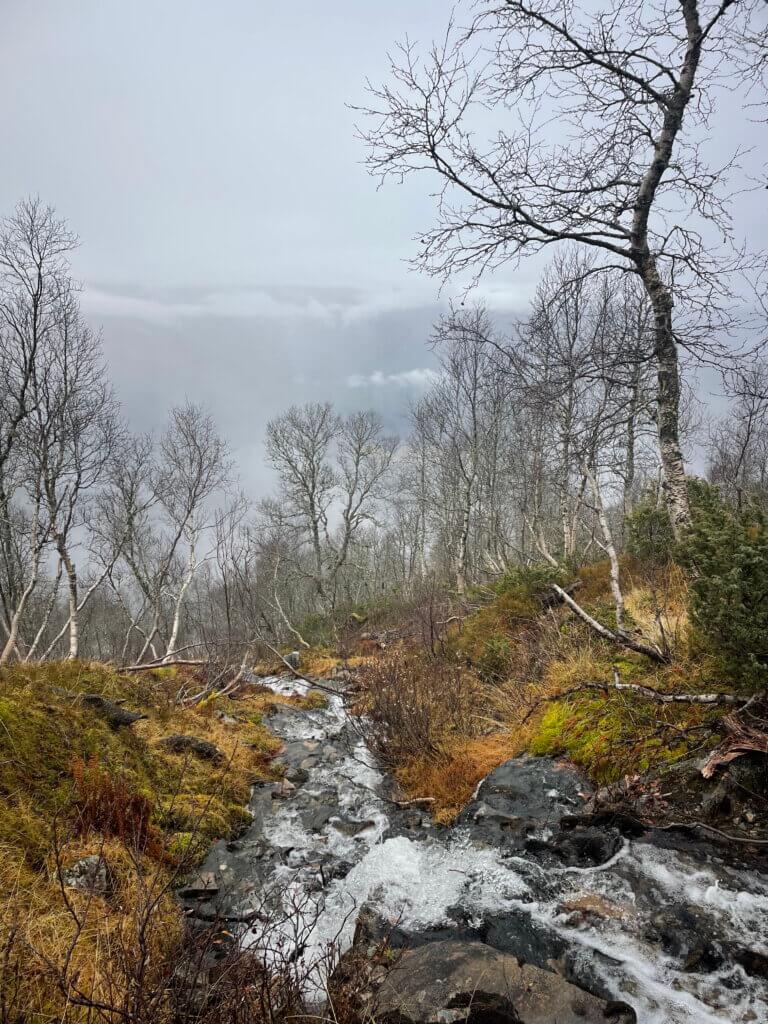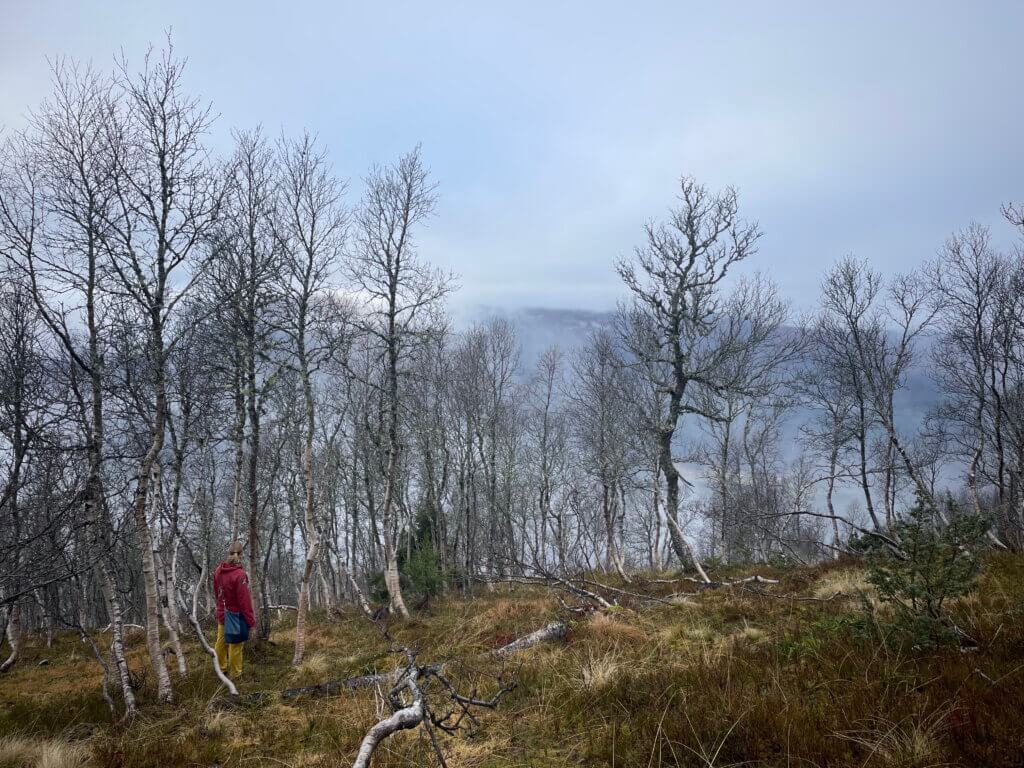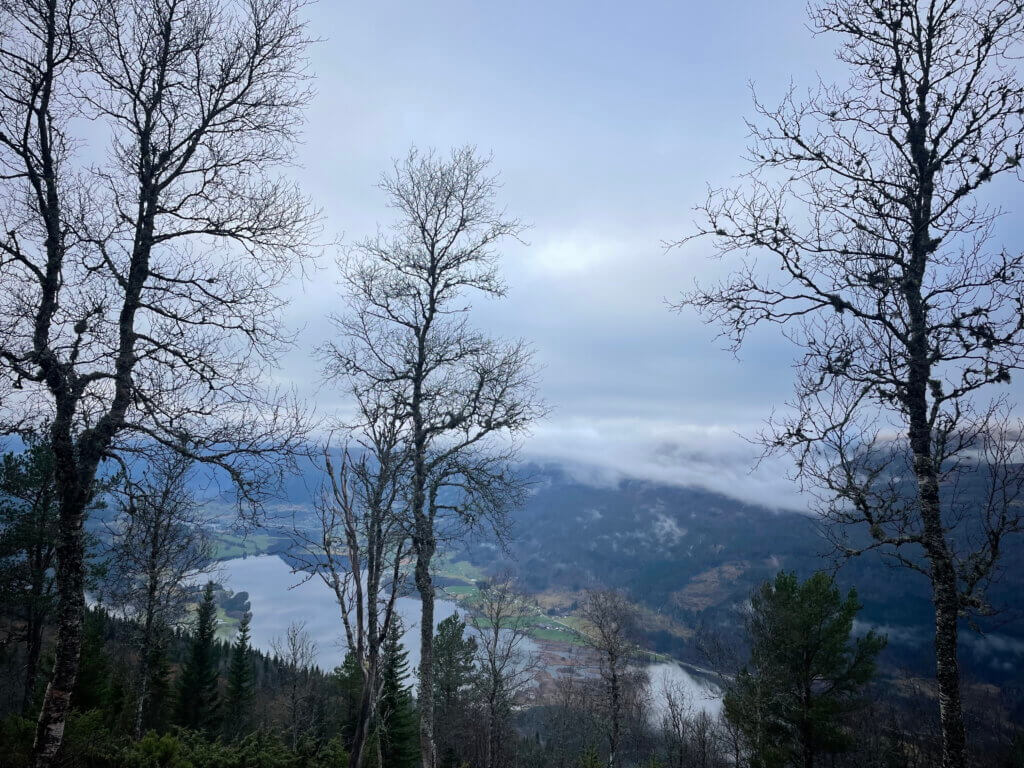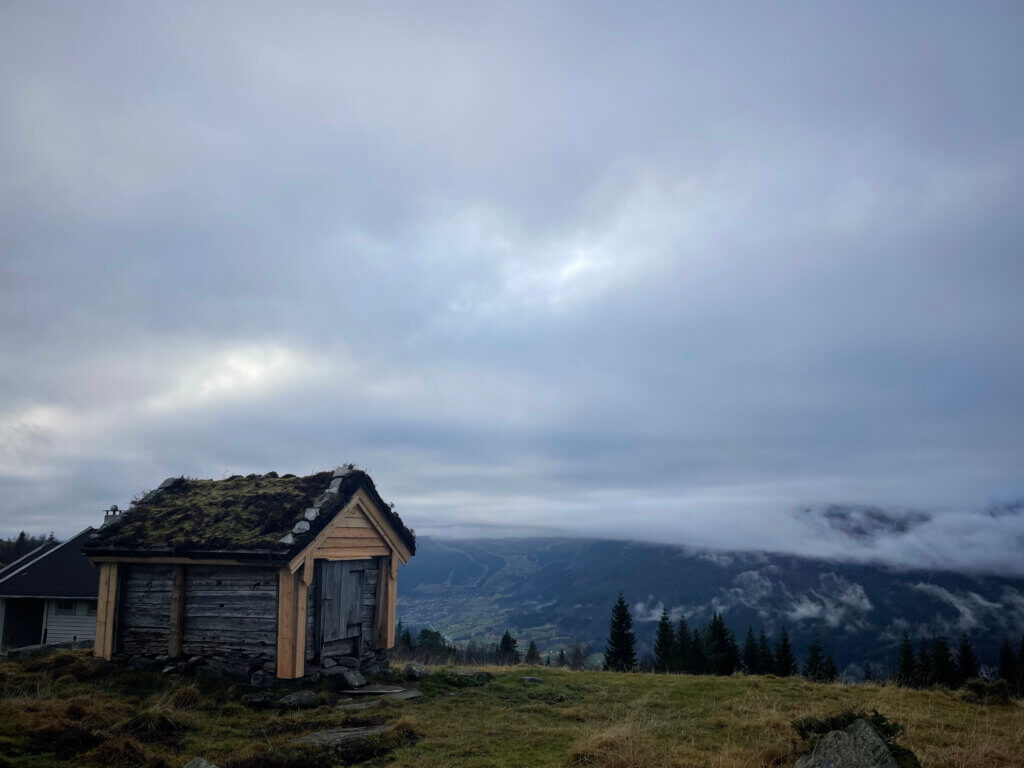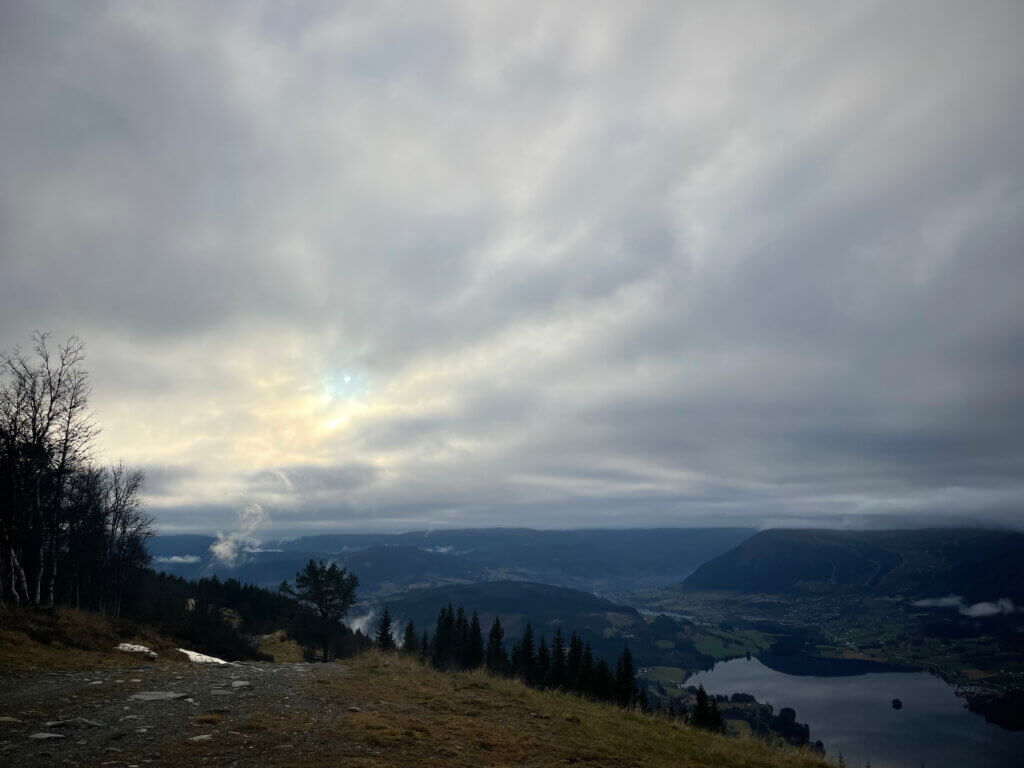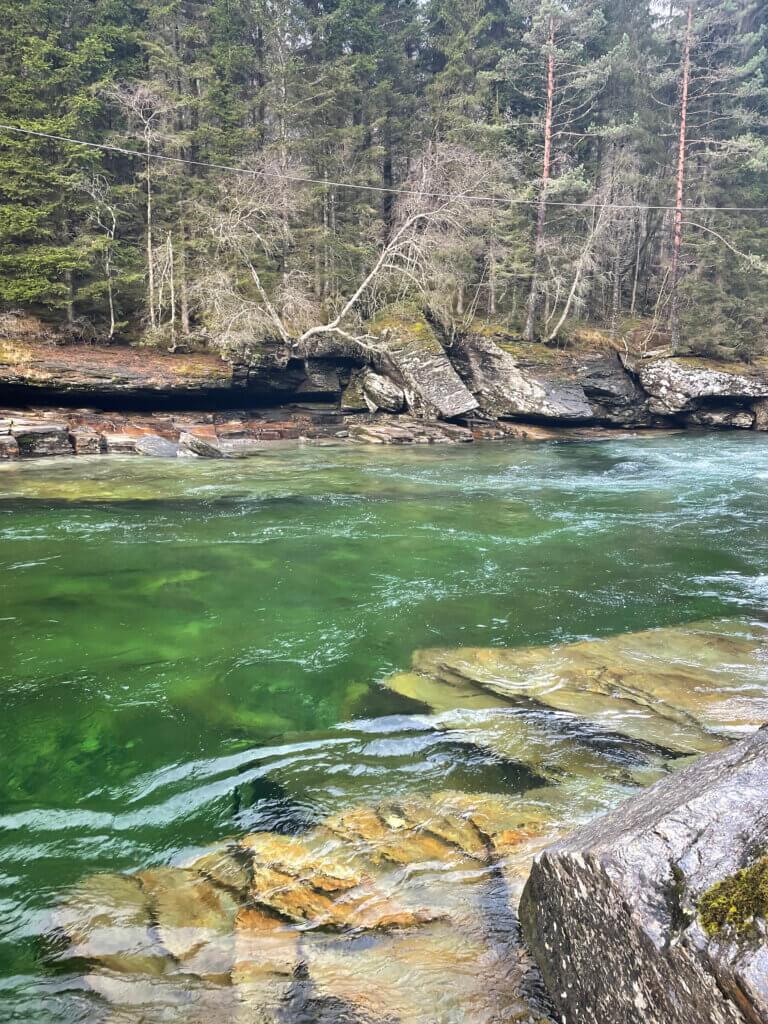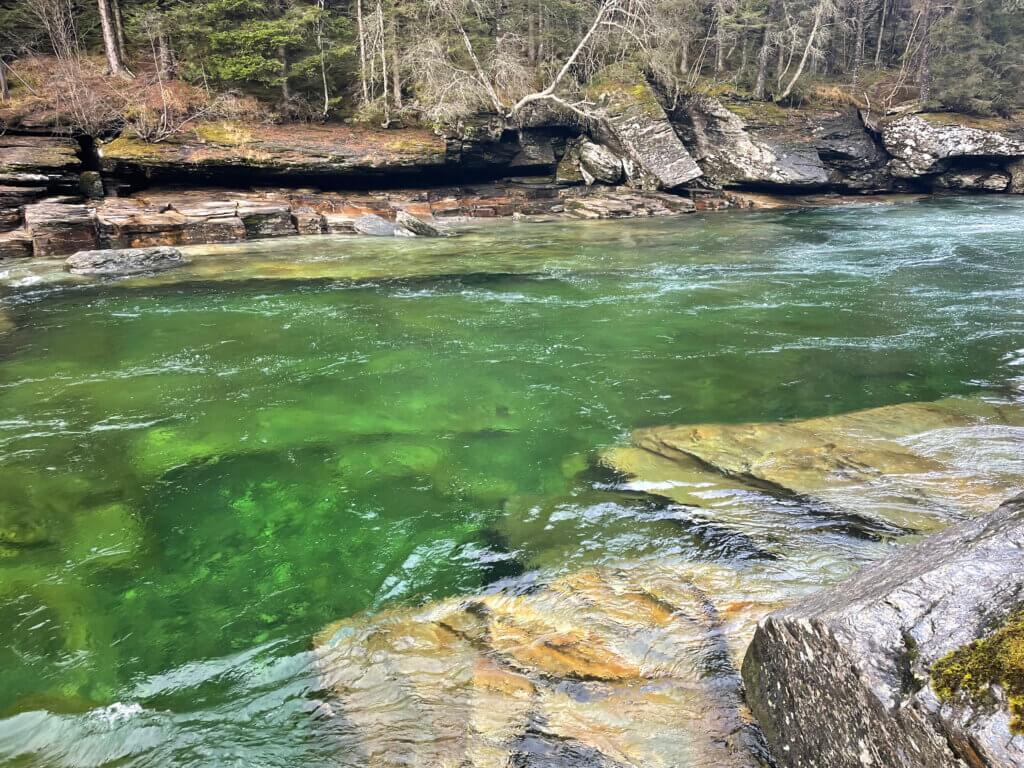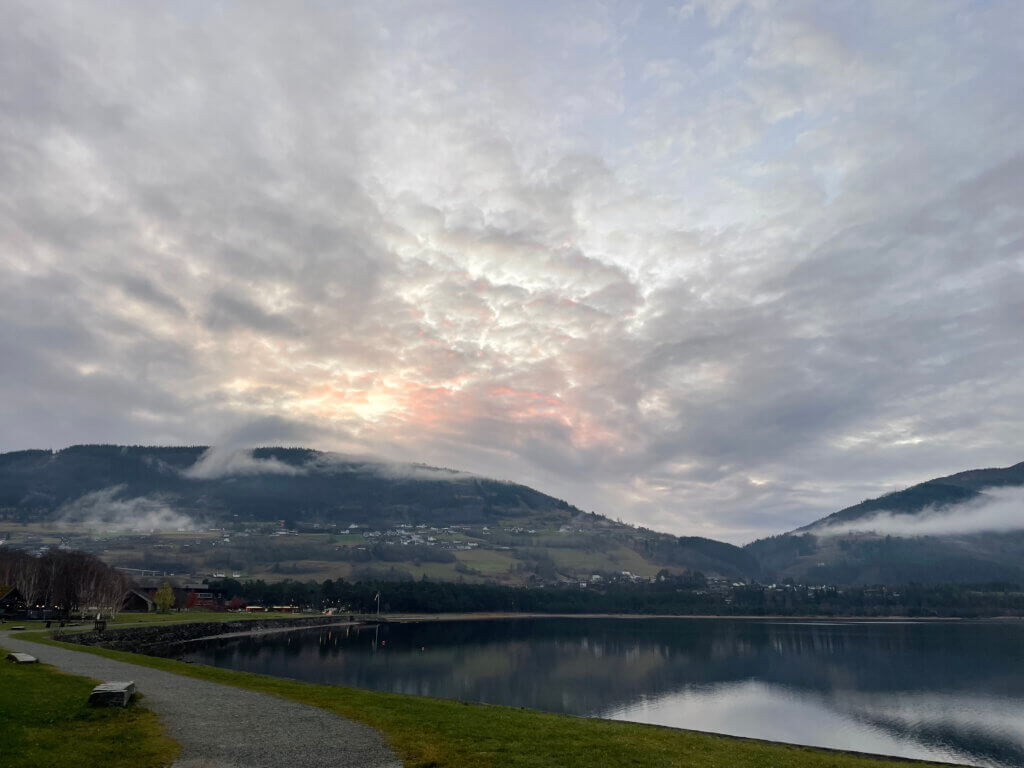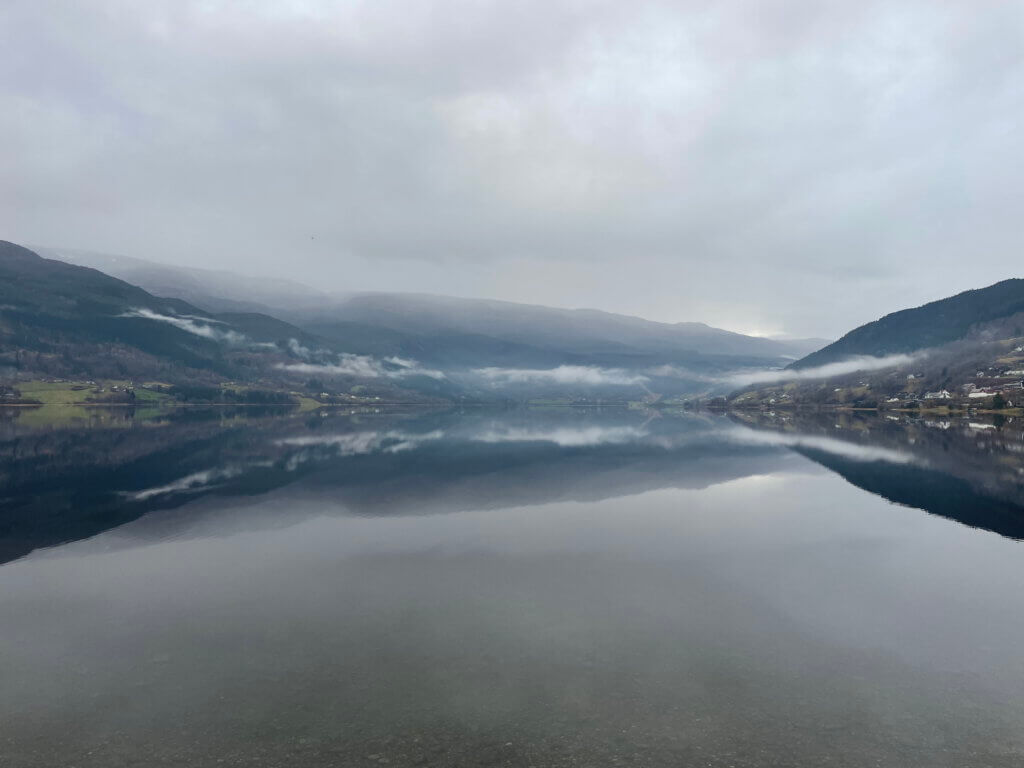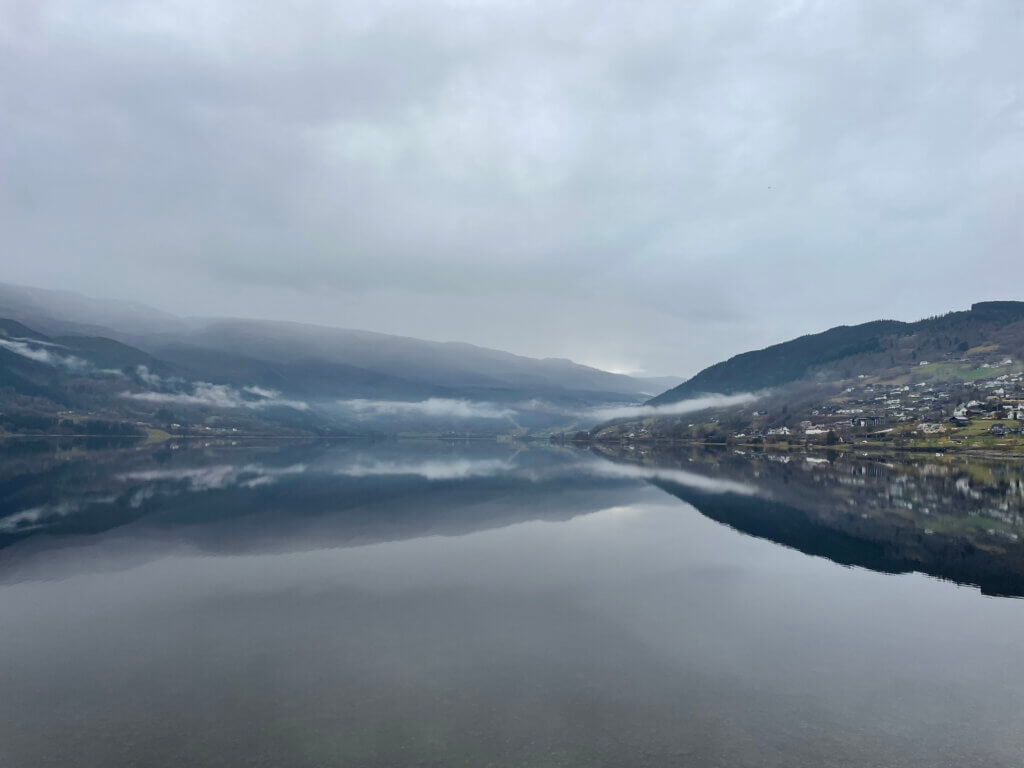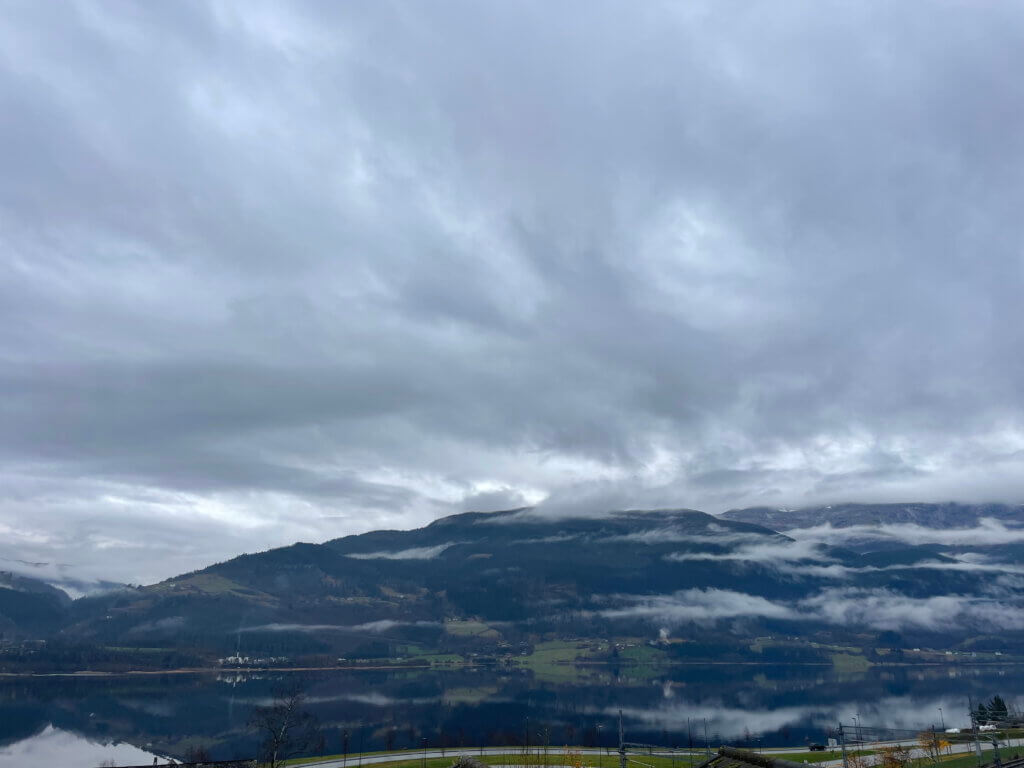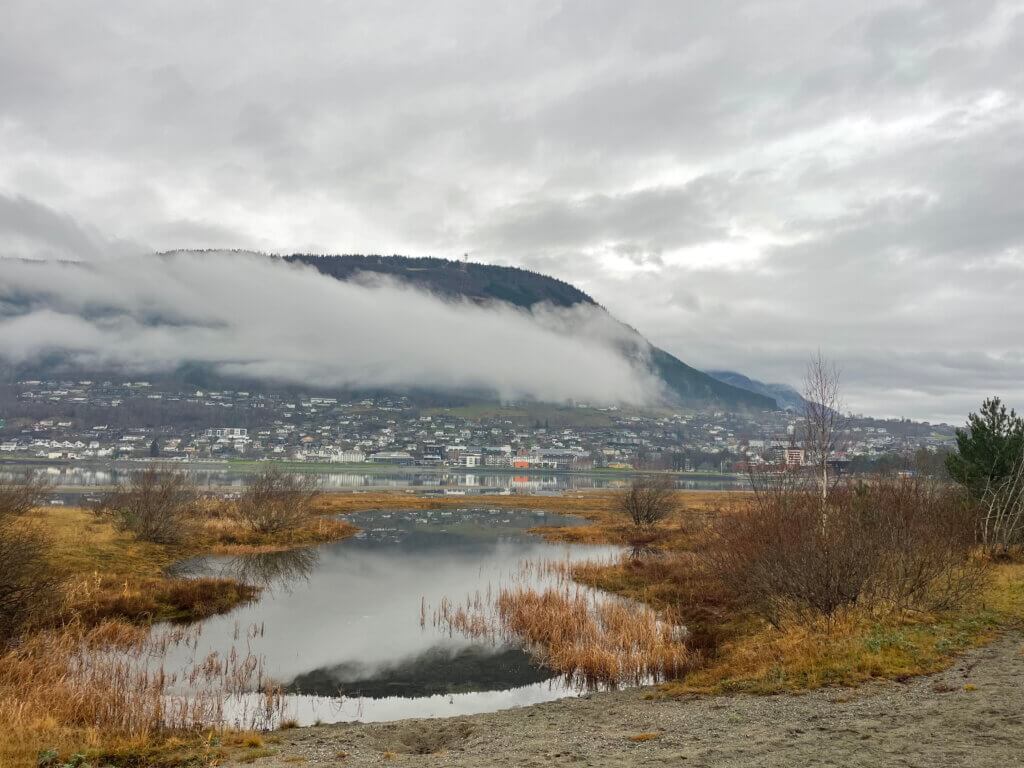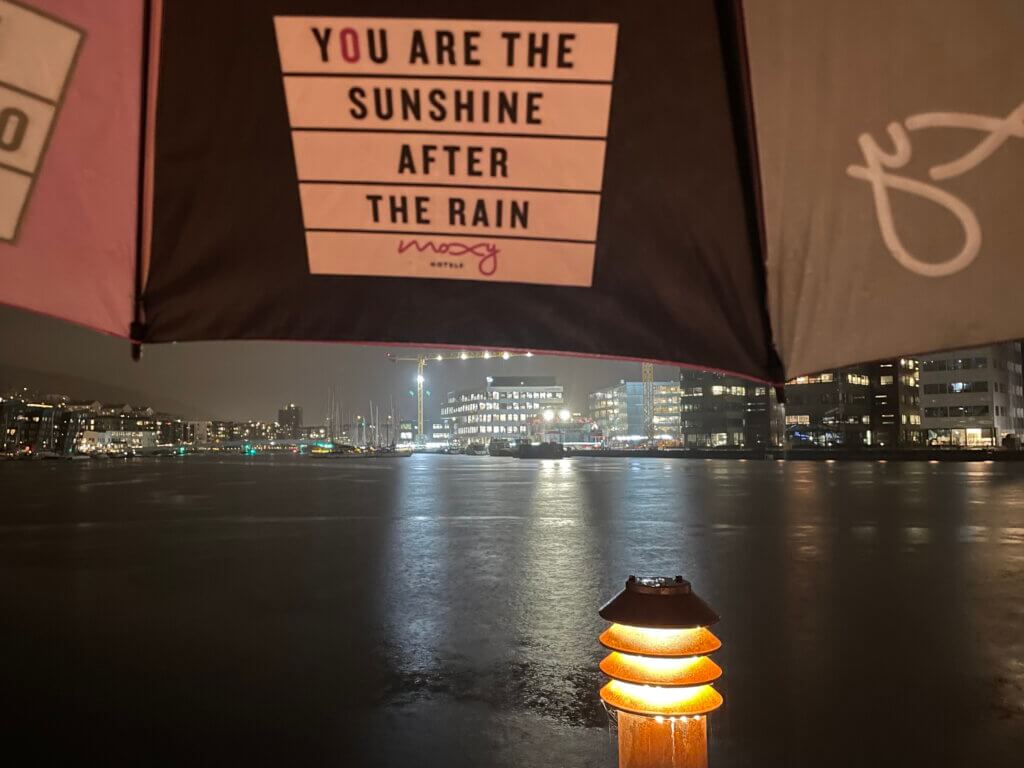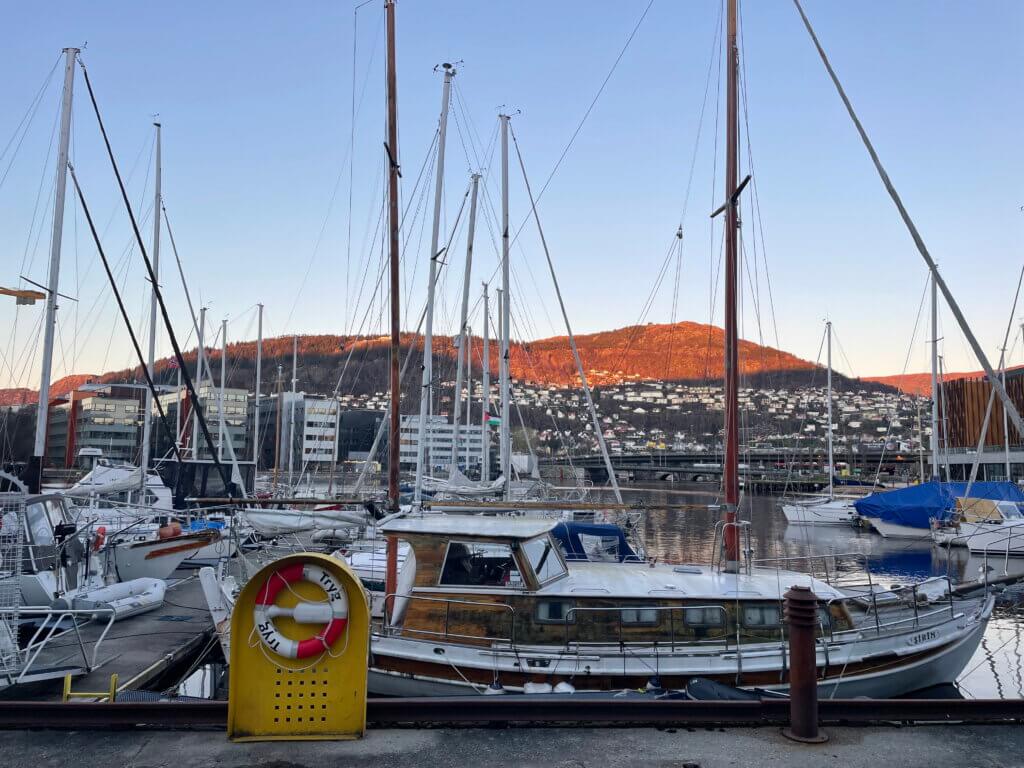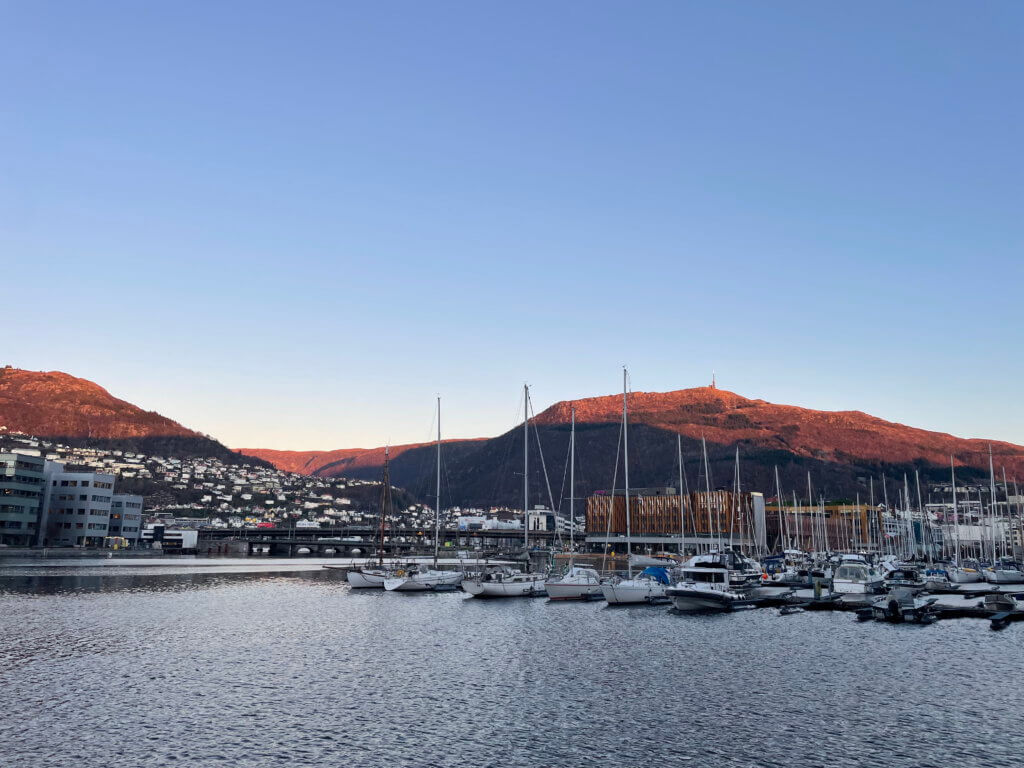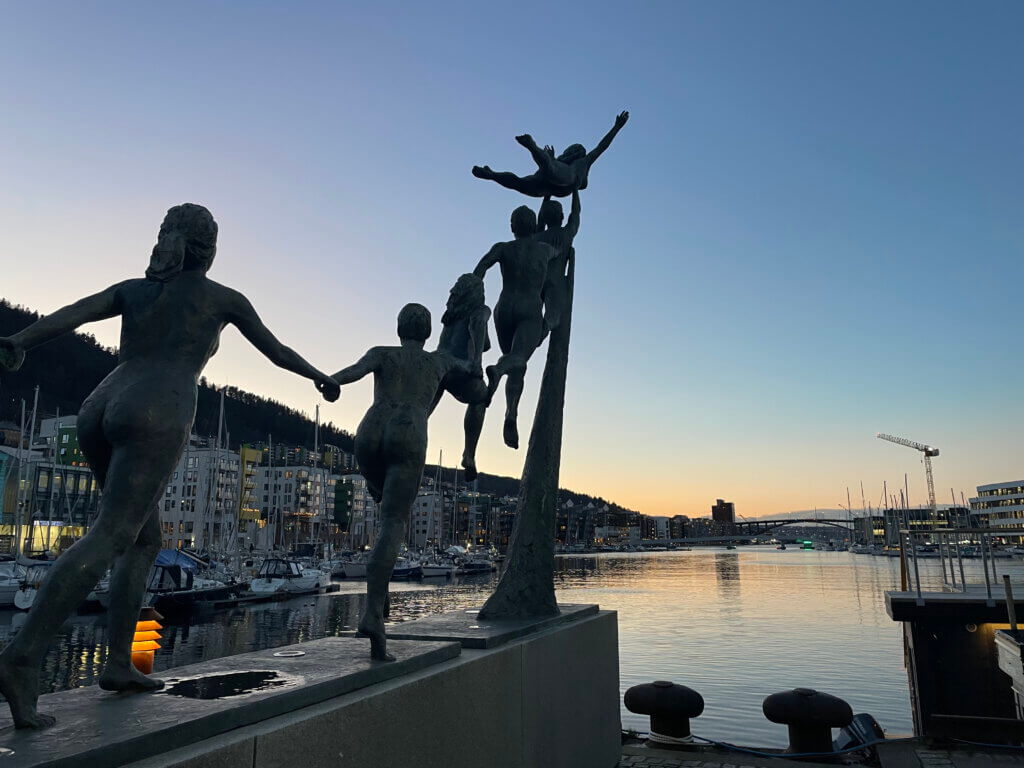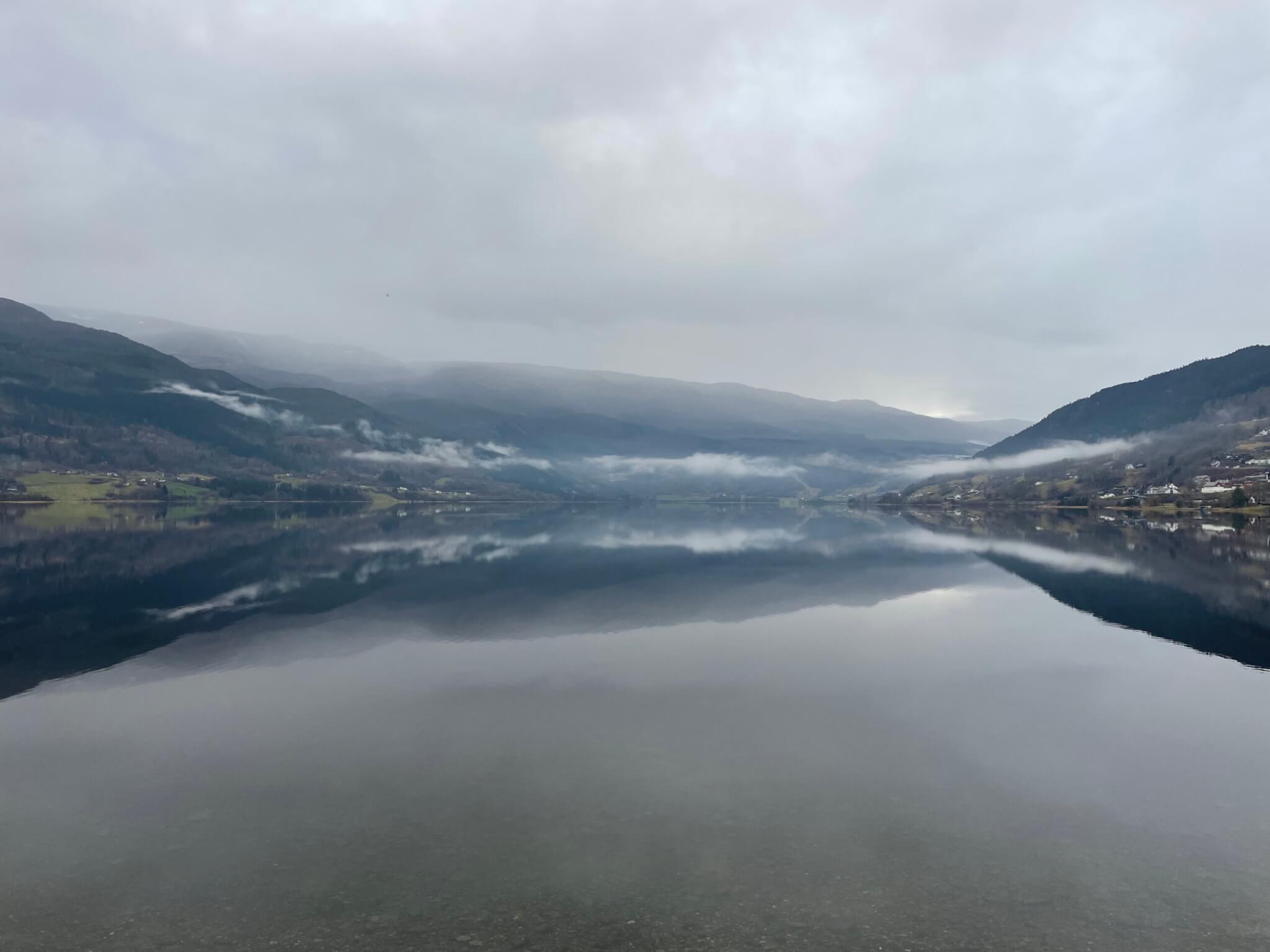
Currently reading Felten, Chick, Mårtensson (2025) “The SoTL Guide: (Re)Orienting the Scholarship of Teaching and Learning”
A while back in Bergen, I had a writing session with three of my favourite colleagues, on a project which we have nicknamed “how to SoTL” — writing a low-threshold introduction to SoTL for busy teachers, with the idea that people who might be interested in publishing in TOS Oceanography or the Nordic Journal of STEM Education (or others, but those are two journals where I am on the editorial board) need good and low-threshold guidance for how to do work that is publishable in those journals. So seeing that “The SoTL Guide: (Re)Orienting the Scholarship of Teaching and Learning” by Felten, Chick, Mårtensson (2025) had come out just days later was exciting and really good timing to think through our own piece! So here are some notes from me reading it, with a beautiful view of the lake in Voss…
This post is NOT meant to be a summary of the book, just my notes from reading it on the background of what we had discussed days earlier and additional thoughts that might be good to also take into account… For example, Felten, Chick, Mårtensson (2025) give a really nice definition of SoTL as an “inquiry into teaching and learning for the purposes of improving teaching and learning in context and contributing to what we know about teaching and learning, in support of the broader aims of higher education.” It is so helpful to have a good quote for that definition instead of us trying to do something that reviewers are sure to not be onboard with!
What I really enjoyed was reading the discussion of ways that “Scholarship of Teaching and Learning” is translated into different languages, and how all the translations carry slightly different meanings and therefore presumably also approaches to what SoTL means. I typically talk about SoTL as “a scholarly approach to teaching and learning” (which, in English literature, is often used as SoTL minus going public; so only reading, but not sharing your own thoughts or findings), and now I realize how that might be influences by both the Swedish and German translations of the SoTL term!
One point that I found really worth pointing out whenever we introduce SoTL is that doing SoTL has “ripple effects“: It might start from individual motivation of the teacher, but will impact the students, the institutions, the profession, and might even contribute to public good! And of course, one might be motivated primarily by any of them, not “just” the individual or very local! This also becomes clear in the “eight possible entry points” for beginning a SoTL inquiry that they present (and here is even a cool worksheet with questions that might be helpful when one is looking for a place to start!). The entry point that I found most interesting (beyond just following your curiosity, which is a very strong motivation for me, and then all kinds of different ways to fix problems one has observed) is about honor your commitments. These can be professional or personal commitments, for example, once you realise that teaching practices are not neutral but are making your course less accessible for some students, but you have this image of yourself that you want to be a good person, you need to fix that…
Relatedly, there are also many reasons to go public with the work: The individual purpose, pragmatic reasons like articulating and getting feedback to improve the work, to influence policy, t0 participation in community, out of professional responsibility, or to contribute to public good! I think this is really important to keep in mind and to also mention when we talk about SoTL. Publishing is not something that you only do for “selfish” reasons, like building your CV (which, I would argue, is a totally valid reason, too!), but there can also be a bigger purpose.
Another really important point is to make sure to always extend Hutching’s “What is? What works?” questions by “Where? When? For whom?”. Since teaching and learning, and thus SoTL, depend so much on context, including those questions explicitly as a default is really good practice!
Felten et al. (2025) also recommend a practical approach to exploring a new body of literature when teachers move from their discipline of origin into SoTL. The first step is to read and “listen widely“, to catch up on what the general discussion is about, to get “the tenor of the argument“. They give a really nice example of a path you might take exploring the landscape (Page 92ff, and Fig. 5.3). Next, the advice is to “listen deeply” to understand how the community discusses a particular topic, and lastly to “identify your contribution“.
Another relevant discussion is about the ethics of SoTL. Felten et al. (2025) write that, for example, “broader ethical considerations include how to balance your own academic freedom to teach what and how you choose with both the needs and preferences of your students and also the curricular and professional standards established by your peers“. Another ethical discussion that has stuck with me for more than a decade now is the role conflict between researcher and teacher, for example when it comes to treating both a control group and an intervention group equally well. Freeman et al. (2014) wrote “If the experiments analyzed here had been conducted as randomized controlled trials of medical interventions, they may have been stopped for benefit—meaning that enrolling patients in the control condition might be discontinued because the treatment being tested was clearly more beneficial“. So should they really have continued the experiment in this case, even though it was only SoTL and not medical research?
What is also really super interesting is to consider if anonymising student work or responses is really always the best solution. Using student work anonymised also means that students don’t get credit. So one option that I had not considered before is to let students read their quotes in context before asking them to decide on whether they want their name connected with it!
In Table 8.2 (p149) on types of artifacts that one could use to deduce traces of learning, I really liked the suggestion to look at different versions of the same work to get insights into the learning process. This is of course suggested a lot in the context of GenAI — let students submit a draft written by hand first, and then an extended version that they wrote at home, but that needs to be somewhat connected to the draft still so that we can assume that they wrote it themselves, rather than using GenAI… But even if we don’t think about whether students are cheating or not, looking at the development of their work is really interesting. I have done that myself many times, but it never occurred to me in the context of SoTL!
Another really interesting suggestion on the topic of “going appropriately public”: Infographics! I have tried to include some kind of infographic / overview slide with most of my recent publications (which we also tend to share as digital and physical postcards), mostly because I like to have some kind of eye-catcher for sharing on social media anyway, and I want that to contain the key message of the articles, so it feels like putting that graphic already into the manuscript is a nice way to increase its reach in case others want to talk about the article and want to take a ready-made overview rather than creating their own. But I have never put any structured thought into how to prepare mine. Keogh et al. (2024), on the other hand, wanted to create an infographic to share their SoTL work with the wider public, and describe the results of their literature search into why infographics work, for example that in the age of information overload, people are five times more likely to look at a colorful visual than read a text. Processing images is also a lot faster than processing text, and people retain 6.5 times more from images than text (wow!! If that is true, I really need to do more infographics!!). They then share infographics on best practices for infographics and on how infographics can help SoTL, but nothing in that was super surprising to me, so check out the original source yourself if you are curious!
Last really super interesting resource that jumped at me in the book is the “tools for social justice” website. You can pick between different “expressions of resistance” (surprise, lack of interest, disagreement, skepticism), then choose between different underlying reasons for that expression, and then there are different suggested strategies to overcome that resistance. Brilliantly made!!
Now, having read the big “how to SoTL”, it is going to be very interesting to see how our short version turns out!!
Felten, P., Chick, N., and Mårtensson, K. (2025). The SoTL Guide: (Re)Orienting the Scholarship of Teaching and Learning, Elon University’s CEL Press. https://www.centerforengagedlearning.org/books/the-sotl-guide/
Keogh, B., Nowell, L., Laios, E., McKendrick-Calder, L., Molitor, W. L., & Wilbur, K. (2024). Using infographics to go public with SoTL. Teaching and Learning Inquiry, 12, 1-10.
Featured image from Voss, but here are more pictures from two beautiful weeks in Norway that made me miss my friends there even more now…
First, Bryggen in Bergen. Loooooove this view!
It is just super pretty time and time again.
We had to stop at the fish market place, because it’s basically like a free aquarium.
Very sad to see the animals kept under those conditions, but also fascinating!
And they do look cool.
Now the view from Fløyen, with the tracks of the furnicular on the right. Love this view, too!
Sometimes I really miss Bergen…
Also fun: The light show on the cruise ship leaving the harbour! They are massive.
Now a little walk from work to the train…
And fog and low clouds on the train to Voss…
And a little walk in Voss! Of course on the way to go dipping…
And, of course, dipping pictures!
It was not warm.
Kjersti took us on a little but beautiful hike in the mountains.
Those autumn colors are sooooo beautiful!
Also it’s always a thin line between just enough water to make it interesting and very wet feet…
It’s just so beautiful!
Little waterfall in the clouds
And Kjersti in the clouds
And reflections of the mountain tops in the lake, but the direct line of sight is blocked by clouds
Love how they repaired this old little cabin!
Sun coming out!
And back at my favourite green river, luckily it was still green despite recent rain and snow!
It soooo makes me want to jump in!
And I can watch eddies forever!
More dipping…
And more reflections…
I have thousands of these pictures because the clouds and reflections are so cool
But it’s my blog so it’s fine!
Layers of clouds
How awesome is this reflection in the puddle??
And back in Bergen, swimming with Badenymphe Siv
Only in Bergen: Going for a dip holding an umbrella
But: Hardly any rain in the two weeks we were there!
And even some beautiful (but coooold) weather!
And this is my favourite piece of art, makes me want to jump and fly, too!
On the bus back, there were lots of very low clouds again. I think this is the bridge between Norway and Sweden.
